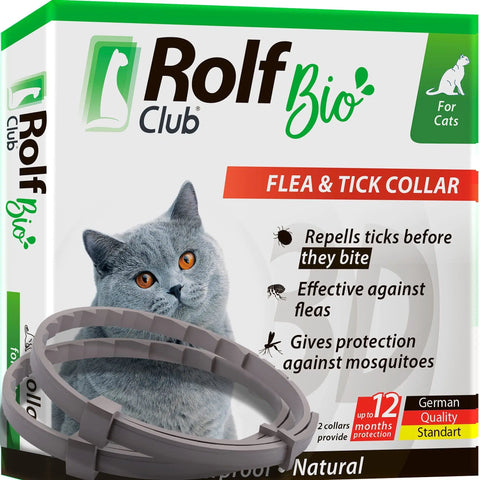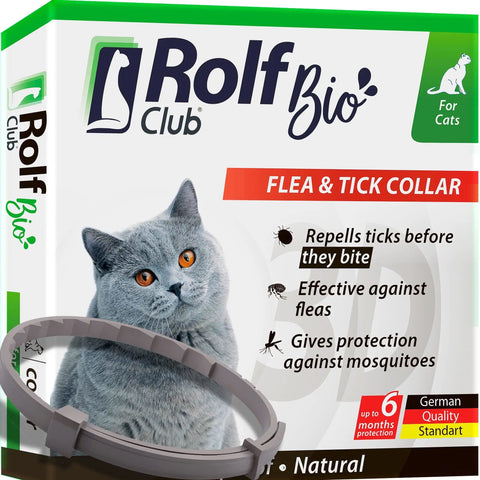4 products
Types of Pet Collars and Their Benefits
Understanding the different types available and their specific advantages can assist you in making an informed decision for your pet's needs.
Flat Collars
They are typically made of leather or nylon and are a common choice for many dog owners. These materials are less restrictive than harnesses, making them a comfortable option for calm dogs that don't pull on the leash.
Martingale Collars
Also known as Greyhound, Whippet, or humane choke, Martingale offers more control without causing choking. They tighten when the dog pulls and loosen when they stop, providing a balance between comfort and control.
Head Collars
They are often used on larger breeds like mastiffs or St. Bernards. These neckbands provide owners with the ability to redirect their dogs without exerting much physical strength. However, they are not recommended for breeds with smaller heads and necks due to the risk of injury.
Choke Collars
It consists of metal links that constrict when the dog pulls on the leash. This creates an uncomfortable sensation that encourages the dog to stop pulling. While effective for training, they are not ideal for dogs with fragile necks due to the potential for injury.
Reflective Collars
They are designed with reflective strips or stitching or light-up technology to enhance visibility in low-light conditions. These help keep dogs safe during nighttime walks or in dimly lit areas, reducing the risk of accidents.
Elizabethan Collars
Also known as the "cone of shame," Elizabethan collars are plastic or fabric hoods or cones used to protect injuries or wounds. They prevent cats from licking, chewing, scratching, or pawing at affected areas, promoting faster healing and preventing further damage.
How to Choose the Right Collar for Your Pet
Here are some tips for selecting the right neckband for your dog or cat.
-
Your Pet’s Breed: Different breeds vary in size and growth patterns. For example, large species like Bernese Mountain Dogs and Great Danes need flexible, sturdy neckbands for comfort and safety. For those with long, thick fur, choose something without edges to avoid entanglement.
-
Material: Neckbands come in various materials, each with benefits. Nylon collars are inexpensive and durable, while leather materials offer a classy, secure option for dogs of all sizes.
-
Size: Ensure a perfect fit—not too tight or too loose. A loose neckband can slip off or get caught, posing a safety risk, while a tight one can cause choking or skin irritation. Measure your dog’s neck circumference, allowing for a one-inch gap for comfort.
-
Aesthetics: Like size, they come in various colors, patterns, and styles. Choose one that not only looks good but also serves a purpose. For instance, neckbands with tags are great for identifying lost pets, while bowties can add a touch of personality.
Why choose us
Selecting the appropriate collar is essential to prioritize your pet's well-being and style. A carefully chosen neckband not only safeguards your dog or cat but also contributes to its visual appeal. By taking into account factors such as breed, material, size, and aesthetics, you can identify the ideal option.




